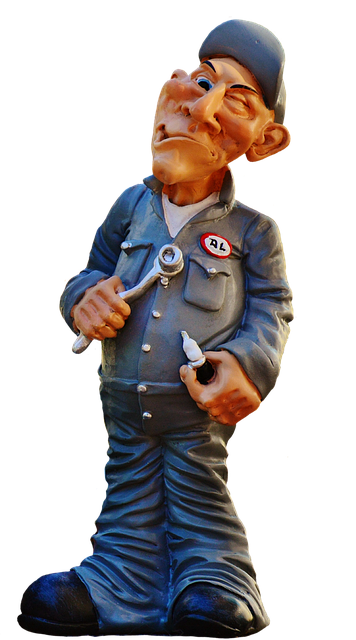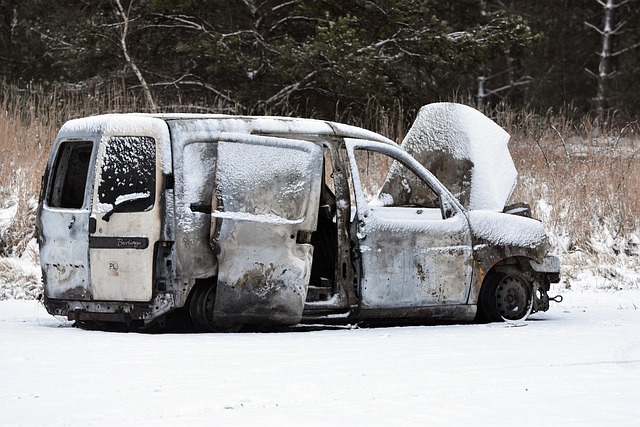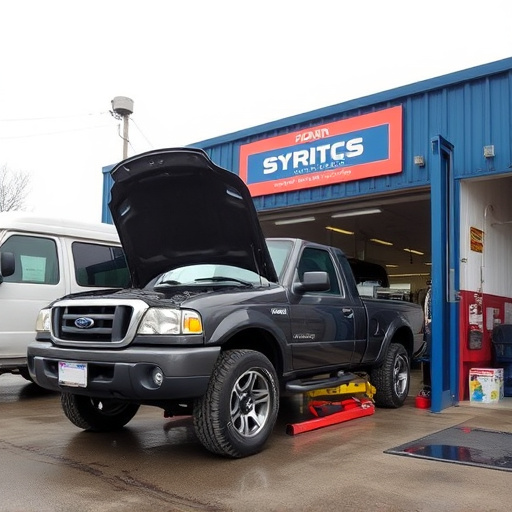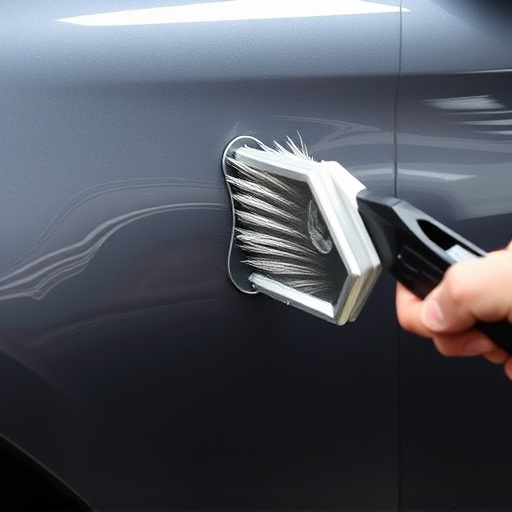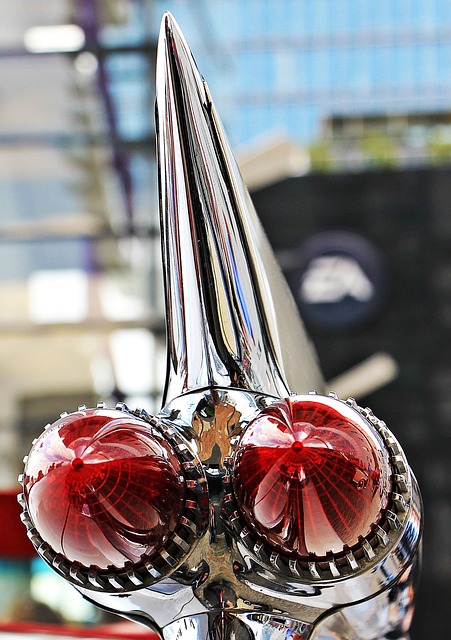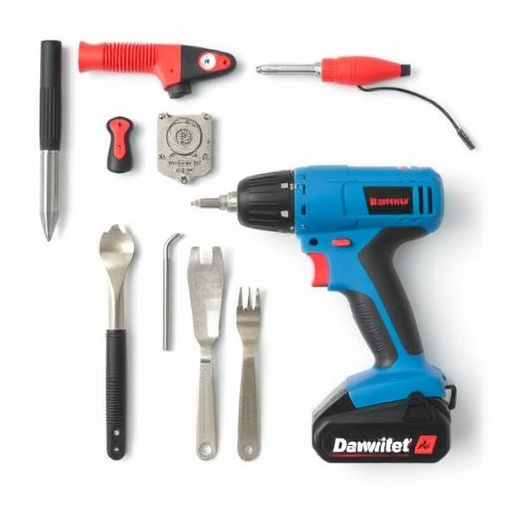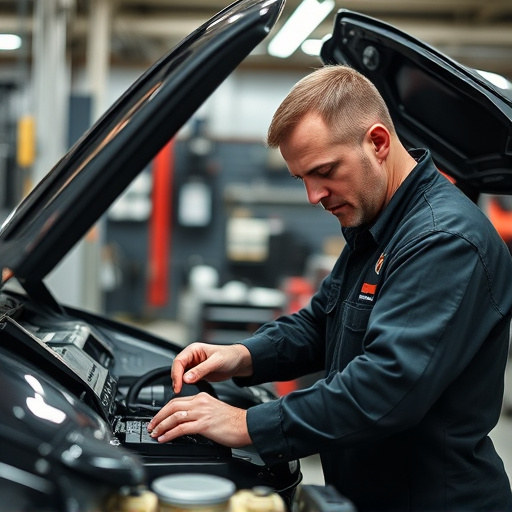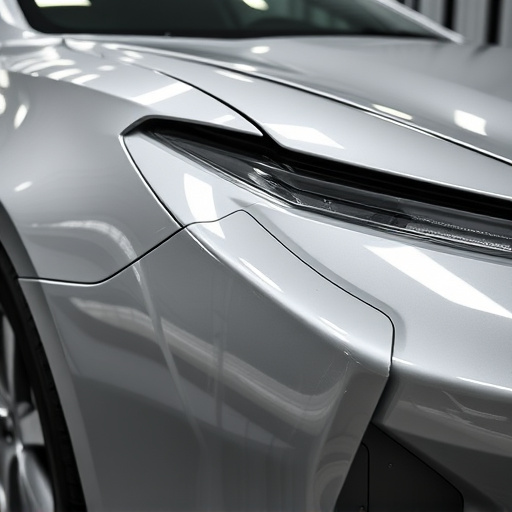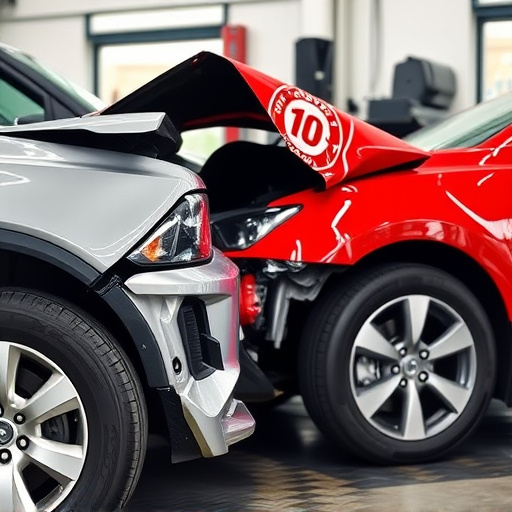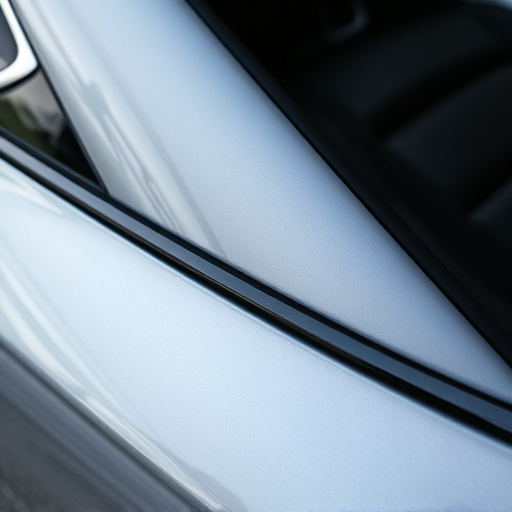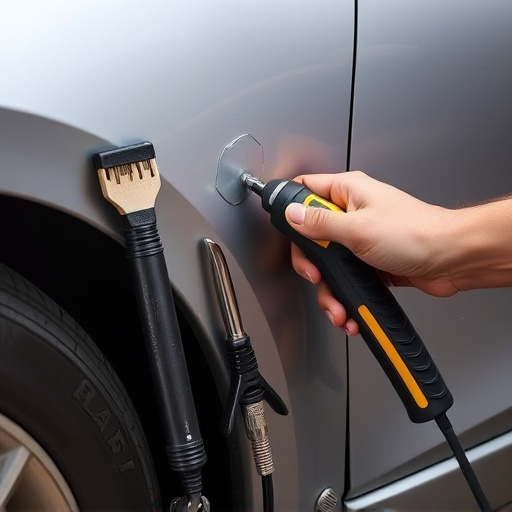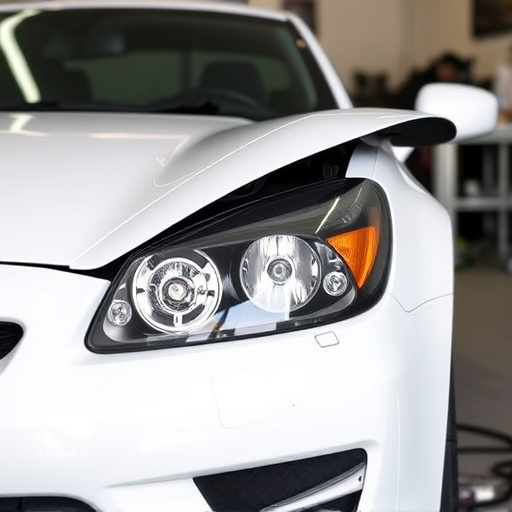Frame damage assessment is a vital process for ensuring vehicle safety and quality repairs, using advanced technologies like CAD software, ultrasonic and laser scanning to detect subtle structural deformities in both passenger and commercial cars. Specialized protocols for commercial vehicles leverage digital measuring tools and trained technicians to identify potential integrity issues, facilitating precise repairs or timely part replacements.
Frame damage assessment is a critical step in vehicle accident investigations, impacting insurance claims and safety standards. This comprehensive guide explores how to effectively assess frame damage in both passenger cars and commercial vehicles. We delve into the intricacies of understanding structural integrity, providing detailed methods for inspecting frames, and highlighting industry-standard protocols specific to each vehicle type. By mastering these techniques, professionals can ensure accurate evaluations, leading to better post-accident decisions.
- Understanding Frame Damage in Vehicles
- Assessment Methods for Passenger Cars
- Commercial Vehicle Frame Inspection Protocols
Understanding Frame Damage in Vehicles
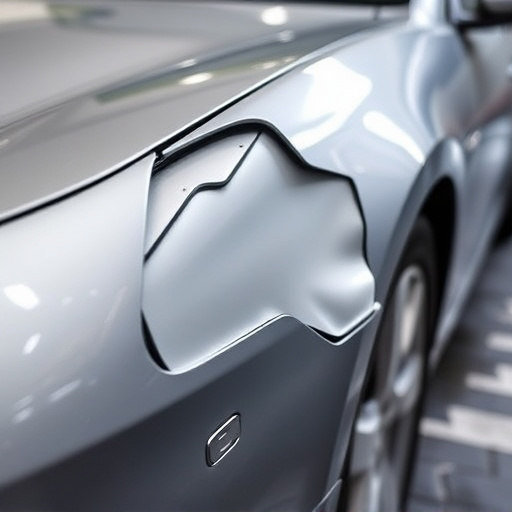
Frame damage is a critical aspect of vehicle assessment, especially for passenger cars and commercial vehicles. It refers to the structural integrity of the frame, which acts as the backbone of the vehicle, supporting various components like the chassis, wheels, and suspension. Understanding frame damage involves recognizing various types such as bent or twisted frames, cracked or broken members, and misaligned components.
Proper frame damage assessment is essential for determining the extent of repairs required, ensuring vehicle safety, and facilitating effective vehicle body repair. For example, in a collision, a Mercedes-Benz collision repair service would begin by examining the frame to identify any misalignments or structural weaknesses that could affect driving stability and passenger comfort. Accurate frame damage assessment guides professionals in offering tailored car bodywork services, ensuring vehicles return to their pre-incident condition or even exceeding it.
Assessment Methods for Passenger Cars
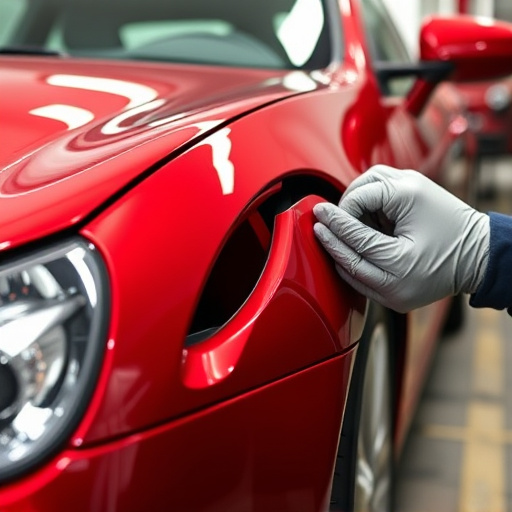
When conducting frame damage assessment for passenger cars, several advanced methods are employed to ensure accurate and safe repairs. These techniques go beyond visual inspection, delving into sophisticated technology to detect even subtle deformities within the vehicle’s structural framework. One common approach involves using computer-aided design (CAD) software, which allows technicians to compare the affected car with its original specifications, identifying misalignments and damage that may be imperceptible to the naked eye.
Additionally, non-destructive testing methods, such as ultrasonic and laser scanning, play a pivotal role in frame damage assessment. These tools enable thorough examination of critical components without causing further harm or disassembly, thereby streamlining the collision repair process. Integrating these advanced assessment methods not only guarantees precise identification of frame damage but also facilitates efficient and cost-effective car repair services, enhancing overall auto maintenance outcomes for both passenger cars and commercial vehicles alike.
Commercial Vehicle Frame Inspection Protocols
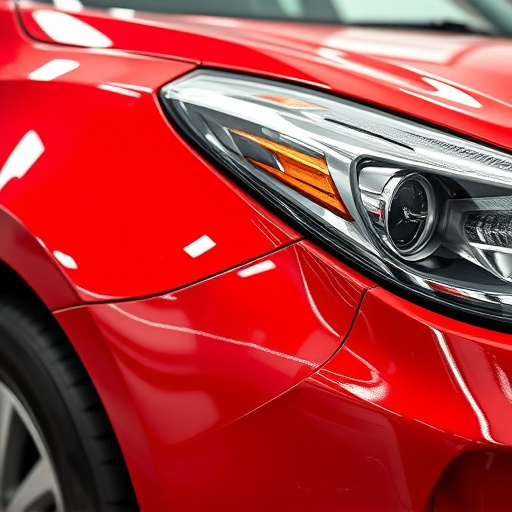
Commercial vehicles, given their size and purpose, require a thorough and specialized frame damage assessment protocol during inspection. Unlike passenger cars, these vehicles often face more demanding conditions, leading to different patterns of wear and tear. Therefore, auto collision centers specializing in commercial vehicle restoration must employ robust methods for frame damage evaluation. This involves meticulous visual inspections using dedicated tools to detect any deformities or misalignments in the frame structure.
The process may include specialized equipment such as digital measuring tools, laser scanners, and computer-aided design (CAD) software to ensure precision. Technicians at these auto collision centers are trained to identify subtle signs of damage that could compromise the structural integrity of the vehicle. This meticulous approach guarantees that any frame damage is accurately assessed, enabling effective repairs or timely recommendations for replacement parts, ensuring safe operation of commercial vehicles on the road.
Frame damage assessment is a critical aspect of vehicle inspection, whether for passenger cars or commercial vehicles. Understanding the nuances of frame damage and implementing standardized assessment methods ensures accurate evaluations, facilitating efficient repairs and enhancing safety on the road. By adopting specific protocols for both passenger car and commercial vehicle frames, professionals can streamline the inspection process, ensuring each vehicle meets the highest standards of structural integrity before returning to service.

